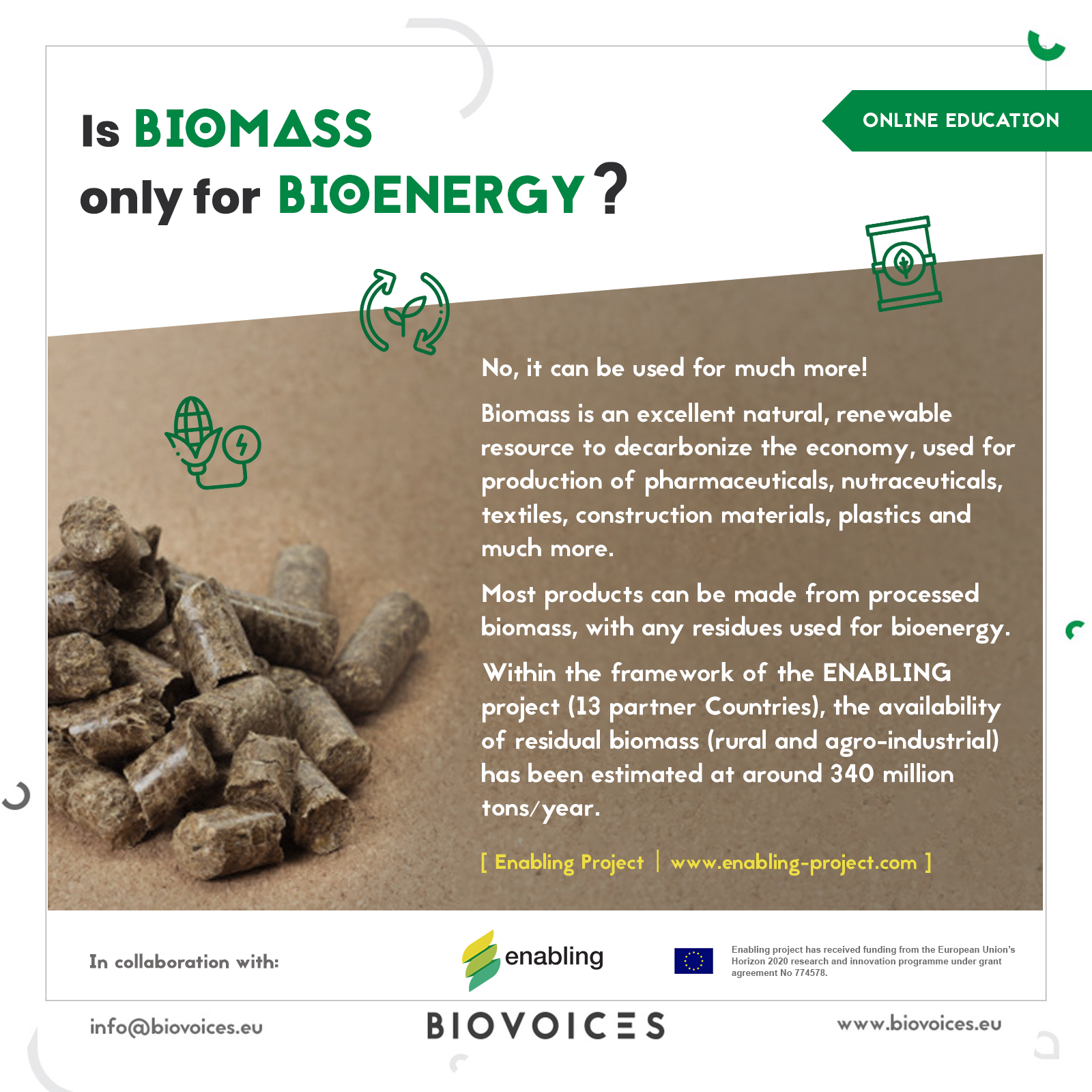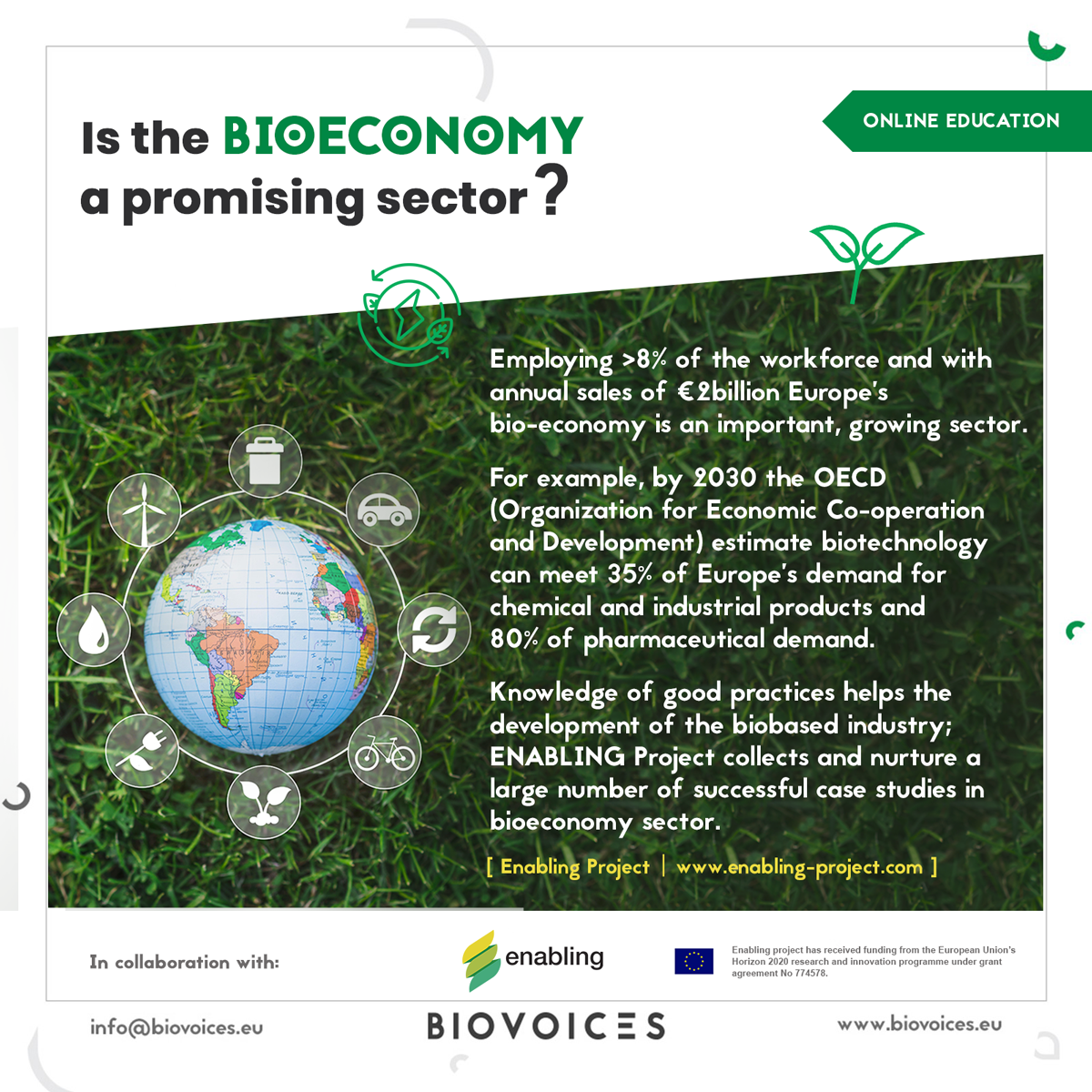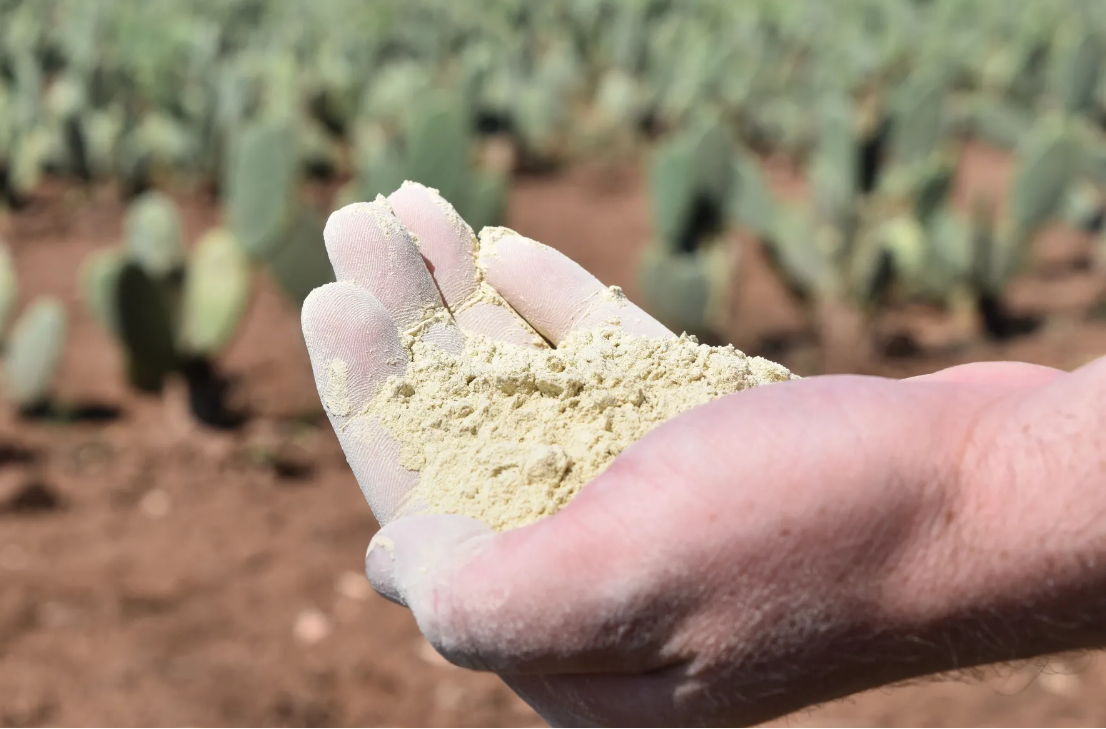Bokashi I, The collaboration
Mario, a FruitGrower and Raf, a gardener, teamed up to create Bokashi, a biobased organic material suitable for different soil applications, including in orchards and gardens.
Mario has been constantly looking for a solution to create value from residual flows generated by rotting unsold apples and pears. Due to the fact that spreading this fruit in the orchard causes soil acidification, the unsold apples and pears are currently being sold to a local farmer and used as animal feed and/or plowed in the field. However, only a portion of this fruit can be used for these applications, and Mario, as many others fruit growers, is faced with the problem of getting rid of these residues.
From its activity of gardening, each day Raf generates huge amounts of green waste, paying an average of € 50 per ton to dispose them in the container park.
Mario and Raf started their collaboration making Bokashi from unsold apples and pears, and from the green waste of garden maintenance. It is a product that can be used by both companies as a soil and plant improver in orchards and gardens, as well as sold to external users.
Mario found a solution to his waste and is not ‘vulnerable’ to the uncertainties of external customers. He does not have to pay for the processing of his waste and can create a better yield using Bokashi on his own orchards.
Raf has a solution for his green waste as a gardener (loses the cost of €50/ton green waste). On top of that, he can use the bokashi on the gardens of his customers.
The partnership required some initial investment for the Innovation campaign (€2500 + communication) and the support of Innovatiesteunpunt, an extension service organisation operating in the Flemish region.
Bokashi II, The process
During an info evening organized by Agriton (Belgium), Raf learned about the "Bokashi" method as an alternative to the conventional process to compost green waste of its gardening activity.
In the conventional practice, the temperature rises to 70°C, then drops again to 40°C. The "combustion process" releases CO2 and the amount of mass is reduced to 40%.
The Bokashi method (from the Japanese word that refers to “fermented organic matter”), is a good alternative (or a supplement) to compost. In the process, organic matter is stored airtight and digested by effective micro-organism during fermentation, contributing to form additional metabolic products.
This preservation technique detains the energy in the product and creates a compound with higher nutritional value than non-fermented organic substances (such as sauerkraut).
Bokashi is obtained by adding 10 kg of sea shell lime, 10 kg of clay minerals, 10 kg of volcanic rock and effective microorganisms to 1m³ of grinded green waste.
The process does not include burning phases and is done in an oxygen-free room that will raise the temperature to max. 40 ° C, and quickly drops back to 20°C. After 8 weeks, the result is a good fermented product with 95% preservation of mass. Adding Bokashi to the soil means adding organic matter and microbial life, which enhances plant growth resistance to plant diseases.
Bokashi III, The application
In this practice, Bokashi is a fermented organic matter obtained by the combination of rotting apple and pears and green waste from gardening operations.
When integrated in the soil, the fermented compound increases the microbial diversity and provides plants with bio-active nutrients, such as vitamins and organic acids. The application of Bokashi in the soil provides essential energy and a great resistance to harmful bacteria and fungi. In fact, the Effective Micro-organisms (EM) present in the soil, multiply and can dominate the harmful bacteria, fungi and viruses. In addition, the neutral micro-organisms that will first choose the predominant harmful micro-organisms in a pathogenic soil, will now join the Effective Micro-organisms of EM, promoting a sustainable natural balance.
Almost all organic matter is suitable for making Bokashi and it can be done at a very low cost.
In this practice the main actors (a fruit grower and a gardener) produce Bokashi in big bags rather than following the conventional production in heaps. This procedure makes the compound more practical to store and more convenient to move and apply in small areas such as orchards and gardens. However, the big bags are not airtight and require a plastic inner bag that is sealed after filling.
Bokashi can be used anywhere in the garden. Plants benefit from including extra nutrients, enriching humus and soil structure. For example, the fermented material is suitable to maintain the lawn (3 kg / m²), or as a litter in the borders or between the stems of hedges (1-3cm thick). The pH of bokashi is rather low and you may need a few days after the treatment before sowing or planting. In this way, the acids are neutralized and the soil is ready to hosting new cultures.










































